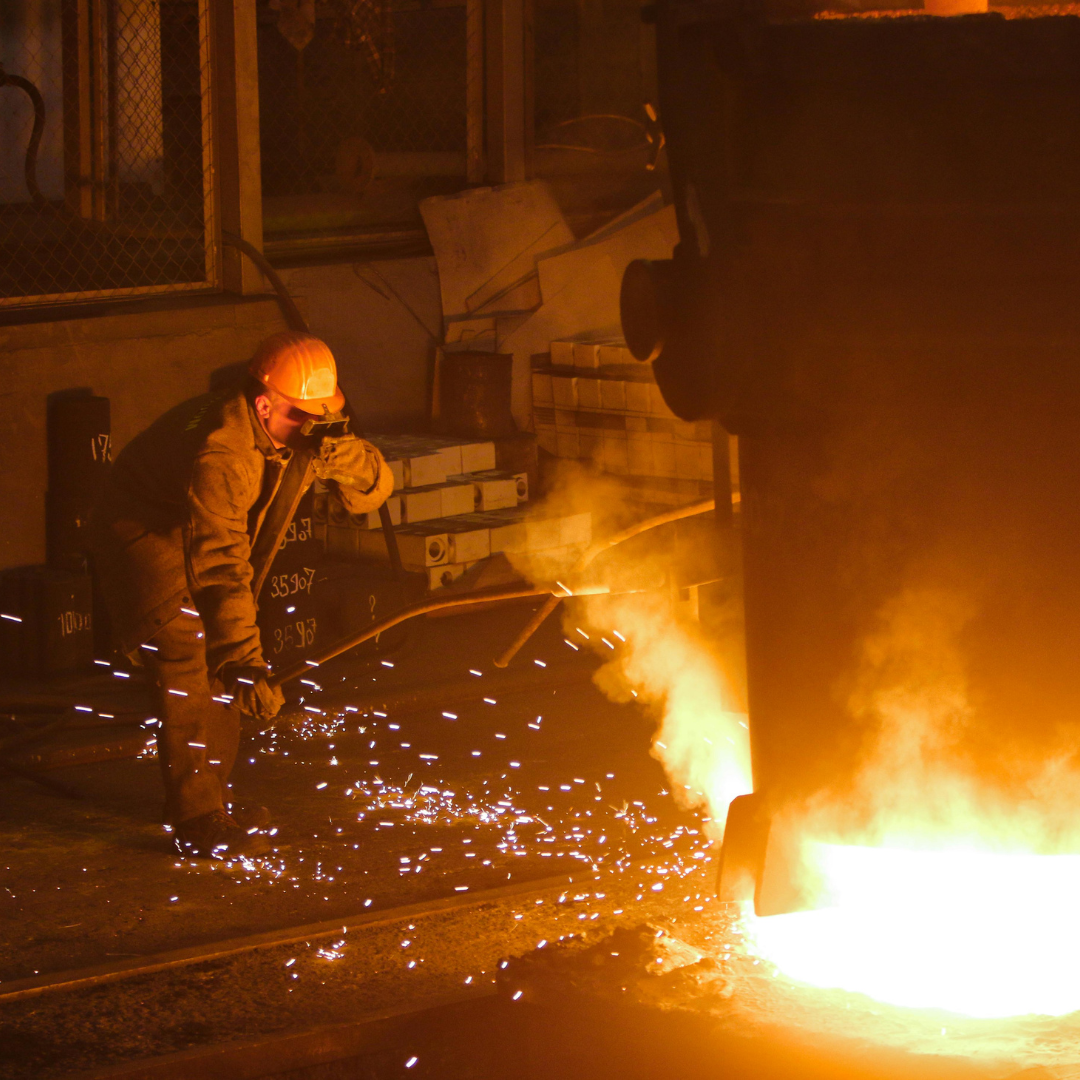South Africa Must Shield Its Steel Sector from the Tidal Wave of Global Overcapacity

- Published July 30, 2025
South Africa’s steel industry is being pushed to the brink, not by domestic inefficiency or lack of demand, but by a global crisis that has now landed squarely on our doorstep.
As of 2024, global steel overcapacity has ballooned to more than 602 million tonnes. This is an astonishing figure, over four times greater than the entire steel consumption of the European Union. This glut is not going away. By 2027, the number is projected to surge to 721 million tonnes.
Once concentrated in China, this excess is now spilling across Southeast Asia, the Middle East, and even parts of Africa. What was once a regional concern is now a global threat. For South Africa, the danger is very real and already visible in the data.
The Numbers Don’t Lie
South Africa’s steel imports are rising, despite weak domestic demand. This is not how global trade should work. Traditionally, when demand contracts, imports decline. Today, that link has been broken. Imports now account for over 30 percent of local demand. We are witnessing a sharp influx of steel from countries like Indonesia and Vietnam, markets that were once on the periphery of our trade map.
A similar trend is expected closer to home as Zimbabwe’s Dinson Iron and Steel Company prepares to become a major regional player. The implications for our domestic producers and the entire manufacturing value chain are serious.
This is not simply a story of increased volumes. It is one of displacement, distortion, and dumping. Our mills, already contending with high input costs and unreliable energy supply, are now forced to compete with imported products priced below sustainable levels, often backed by foreign subsidised and state-owned capital.
The Old Playbook No Longer Works
To be clear, South Africa does have trade defence instruments including anti-dumping duties, safeguards, and customs enforcement. But these tools are not designed for the problem we now face.
They are slow. Investigations can take 18 to 24 months, by which time the damage to local industry is often irreversible.
They are narrow. They target individual countries and specific products, while excess steel continues to flow in through alternative routes or is reclassified to avoid detection.
Critically, developing countries are often excluded from the scope of safeguard measures, yet this is precisely where most redirected steel is now coming from.
In short, we are facing a twenty-first-century crisis with twentieth-century tools.
We Must Act Strategically and Urgently
South Africa is not alone in this challenge. The United States, the European Union, India, Canada, Turkey, and even Vietnam have all strengthened their import controls to protect their steel sectors. Without similar action, South Africa is becoming a market of last resort, a dumping ground for global surplus.
This is not sustainable. And it is not acceptable.
Steel is not just another commodity. It is foundational to infrastructure, energy, mining, transport, and manufacturing. If we lose our primary steelmaking capacity, we lose far more than production. We lose strategic capability, skills, and economic resilience.
The time has come for South Africa to adopt a comprehensive import management approach that is proactive, risk-based, and aligned with our industrial policy objectives.
We must build early warning systems to detect sudden import surges. We must improve coordination between trade authorities, customs, and industry. We must revisit our trade instruments to address not just injury, but systemic threats. And we must act quickly, because global oversupply is accelerating.
This Is a National Competitiveness Issue
At SAISI, we are not calling for protectionism. We are calling for a level playing field.
Our members are ready to compete, but not against dumped, subsidised, or artificially priced imports that threaten the very viability of local production.
How we respond will determine not only the fate of our mills, but also the future of our manufacturing base.
